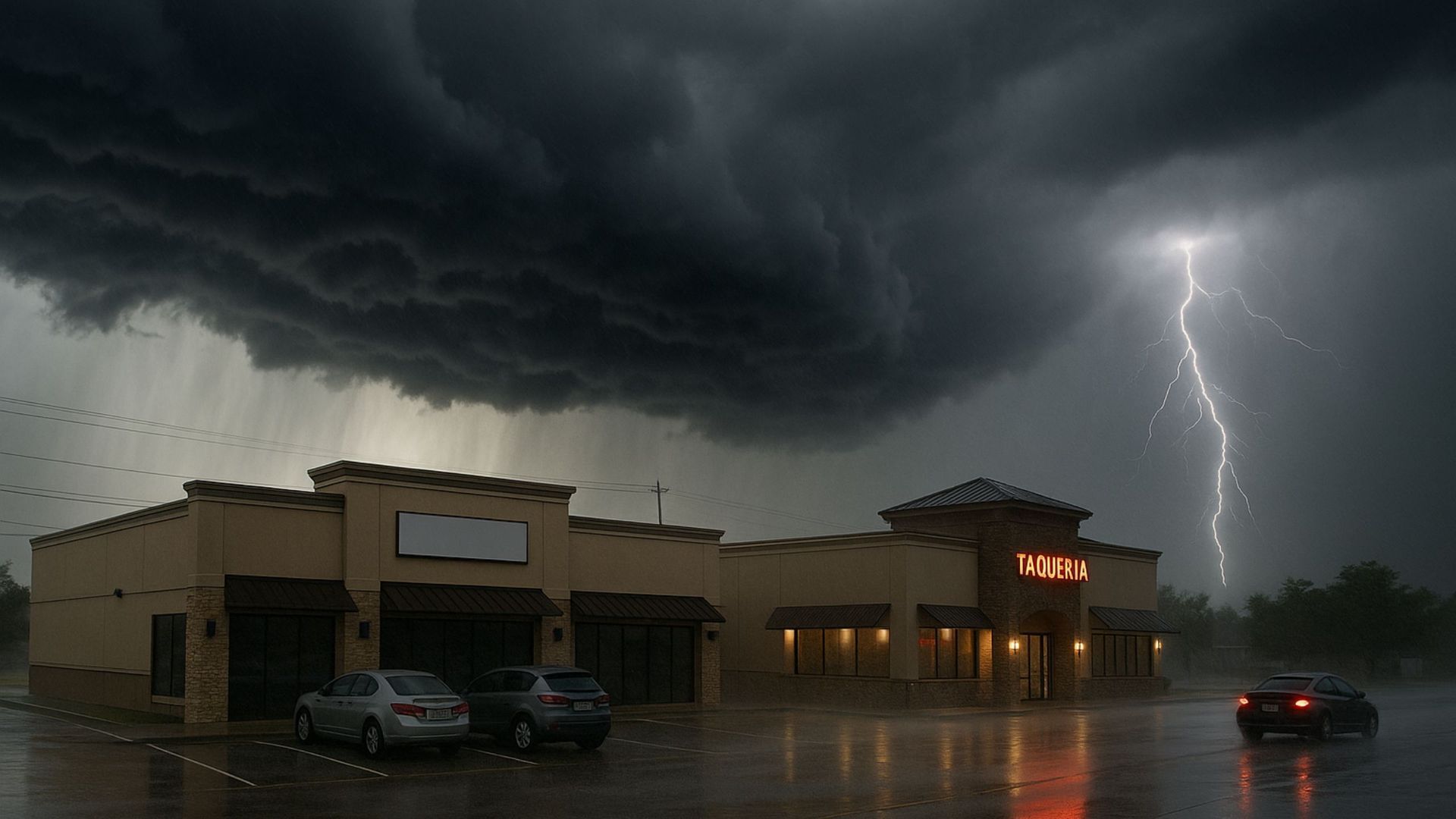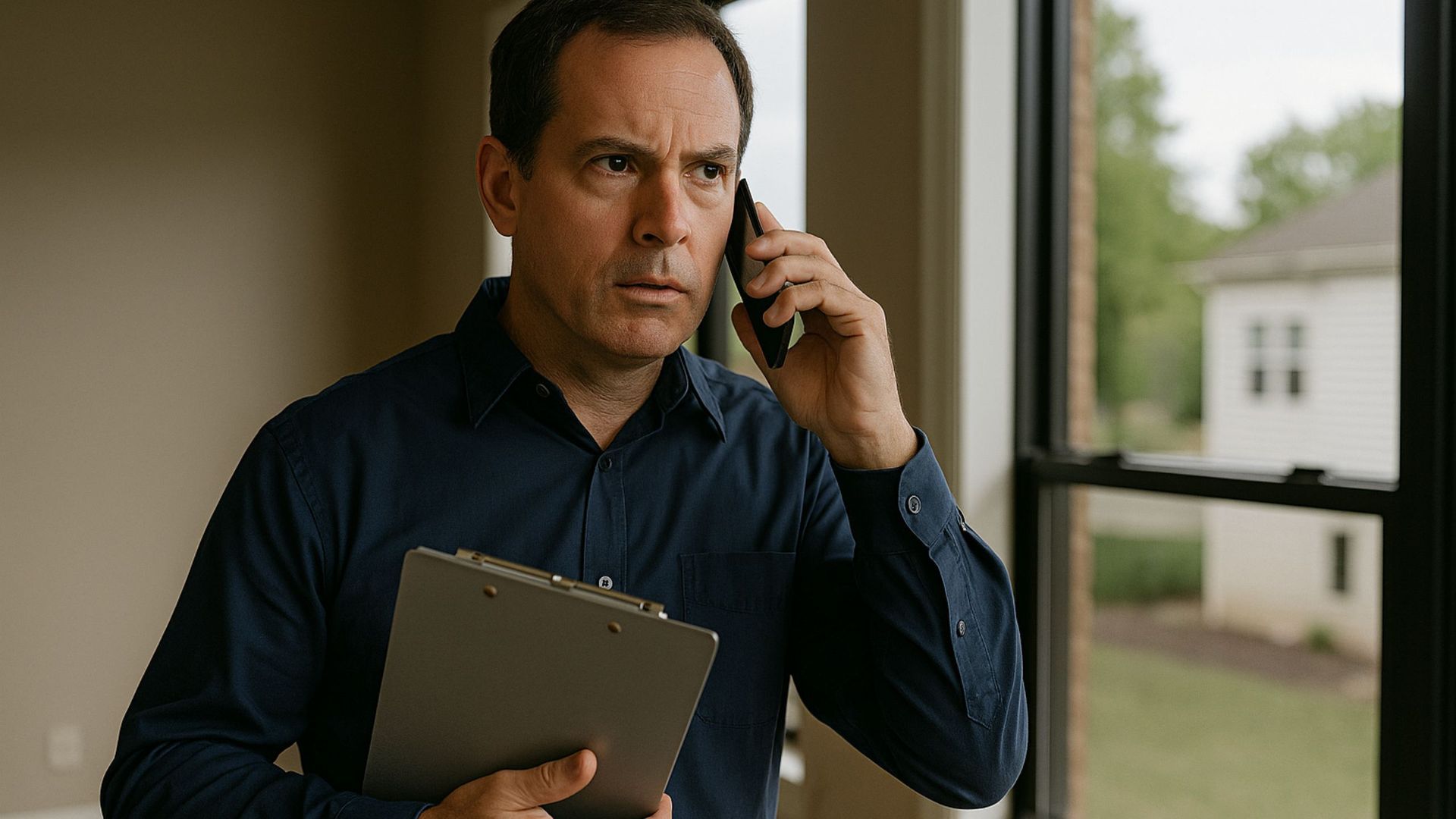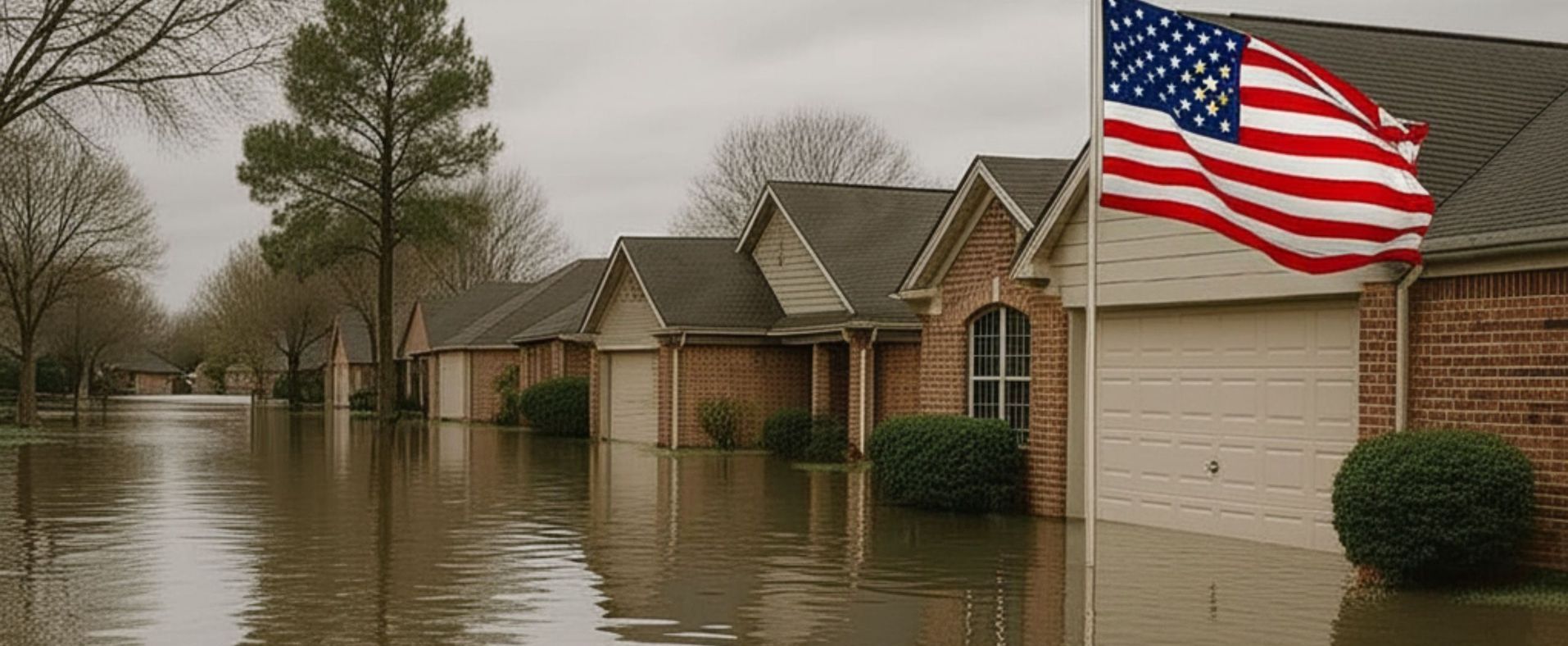Lowballed Claim? How to Get the Proof
When a Settlement Offer Doesn’t Match the Damage

In the wake of storm damage, time is critical—and so is accuracy. But when a claim is underestimated, policyholders, contractors, or even adjusters are left asking: How do we prove the true extent of damage?
Whether it’s a denied repair item, underpriced scope, or disagreement over the cause of loss, a lowballed claim can stall recovery and trigger disputes. Fortunately, there’s a solution: clear, defensible documentation from a forensic engineering or building consulting professional.
Signs a Claim May Be Underestimated
Claims may be underpaid for many reasons—rush inspections, incomplete documentation, or conflicting interpretations of the damage. Here are common signs that a claim needs further review:
- Settlement doesn’t cover full repairs
- Adjuster missed hidden or structural damage
- Estimate omits code-required upgrades
- Contractor’s repair scope is denied or reduced
- Property owner raises concerns about safety or function
- If any of these sound familiar, it’s time to gather proof that can support a revised claim evaluation.
How Forensic Engineering Builds a Strong Case
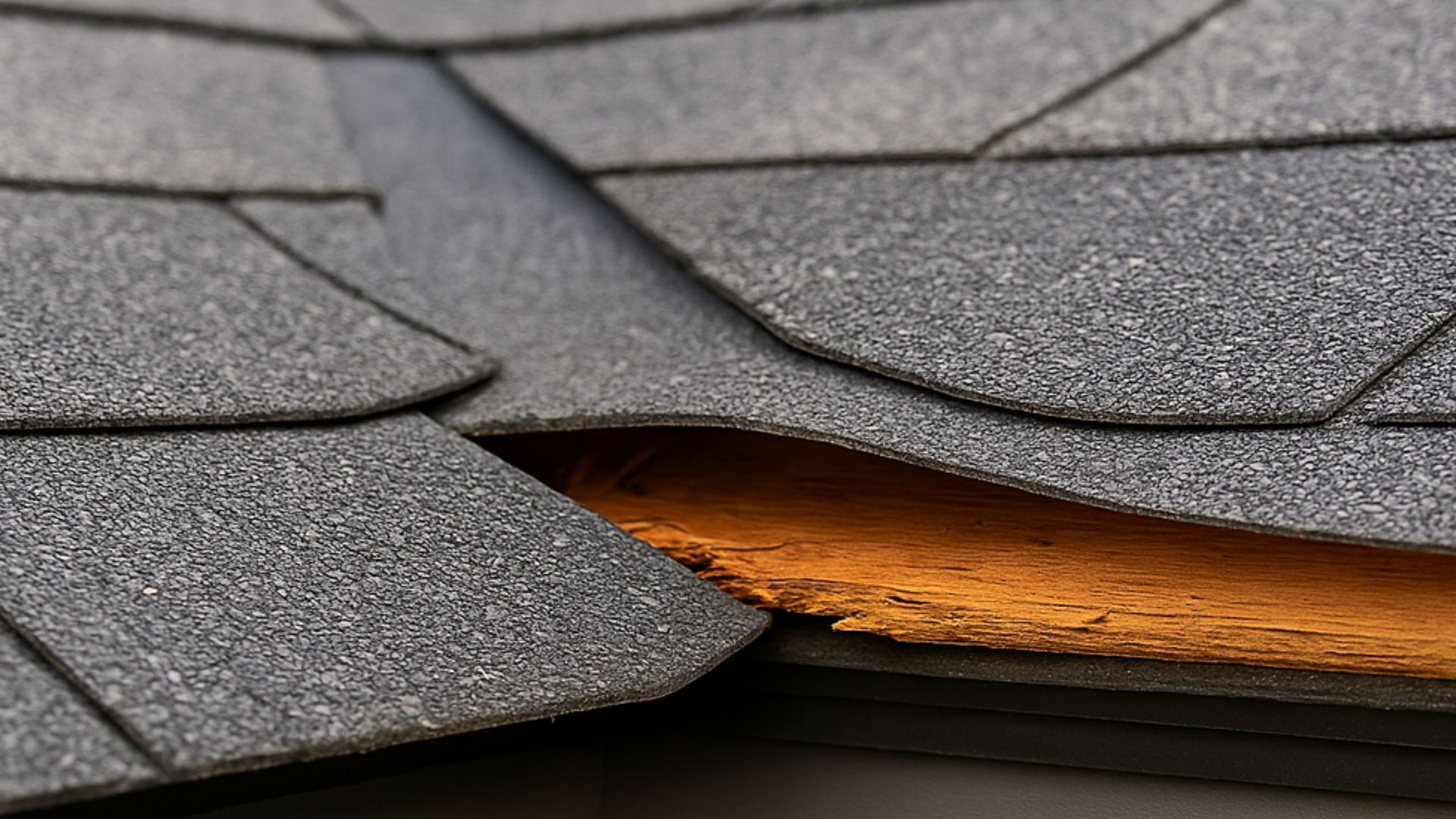
Forensic engineering helps establish the facts behind damage. It provides a neutral, technical assessment that identifies the cause, severity, and structural implications—information that’s often missing in general inspections.
What a forensic engineer can provide:
- Root cause analysis of structural or material failure
- Identification of hidden damage (e.g., roof deck uplift, moisture intrusion)
- Code compliance evaluations for repairs
- Photo documentation and measured diagrams
- Engineering reports for insurance companies that support appraisal or litigation
- This documentation can be critical in supporting appraisal & arbitration or gaining approval for a supplemental claim.
Building Consulting Clarifies
Scope and Cost
If the issue is less about the cause and more about the repair method or pricing, a building consultant can help.
They can:
- Validate contractor estimates
- Compare repair options to local construction standards
- Confirm required upgrades based on city/state codes
- Help align expectations between carrier, adjuster, and contractor
- When paired with engineering data, building consulting ensures claims are settled based on the full, accurate scope of necessary work.
What Carriers and Adjusters
Can Do Now

Disputes slow down the claim process for everyone. Whether you’re an adjuster trying to avoid reinspection or a claims manager handling escalations, proactive documentation is your best tool.
Steps to take:
- Request a professional property damage assessment
- Review claim documentation for gaps in scope or cause
- Engage a third-party engineer or consultant before appraisal escalates
- Use defensible documentation to justify settlement decisions
Proof Closes Gaps, Resolves Claims, and Builds Trust
Lowballed claims can create unnecessary tension between carriers and policyholders. With the right expert inspections and technical reporting, you can close files with confidence—knowing your settlement is fair, justified, and backed by facts.

